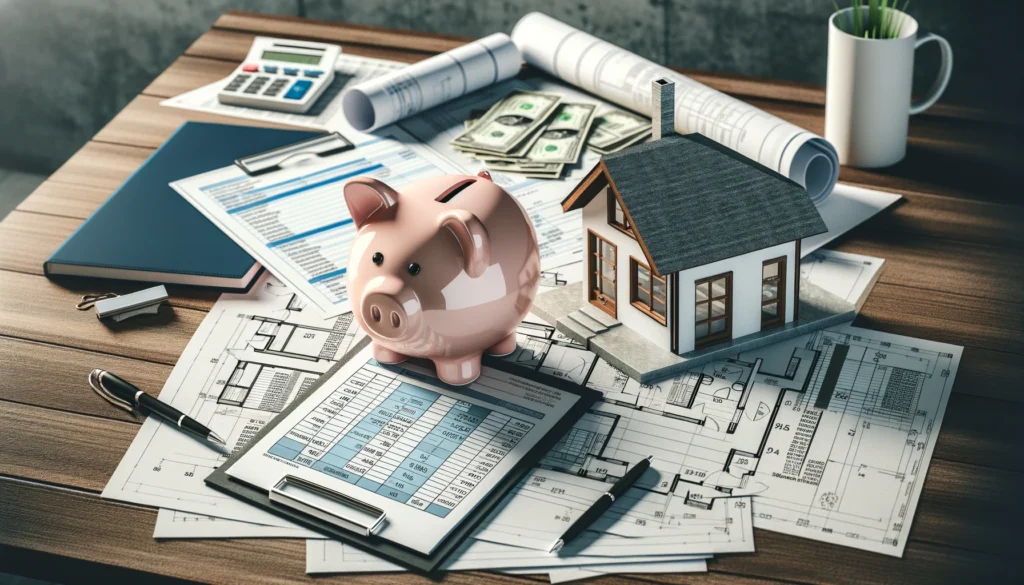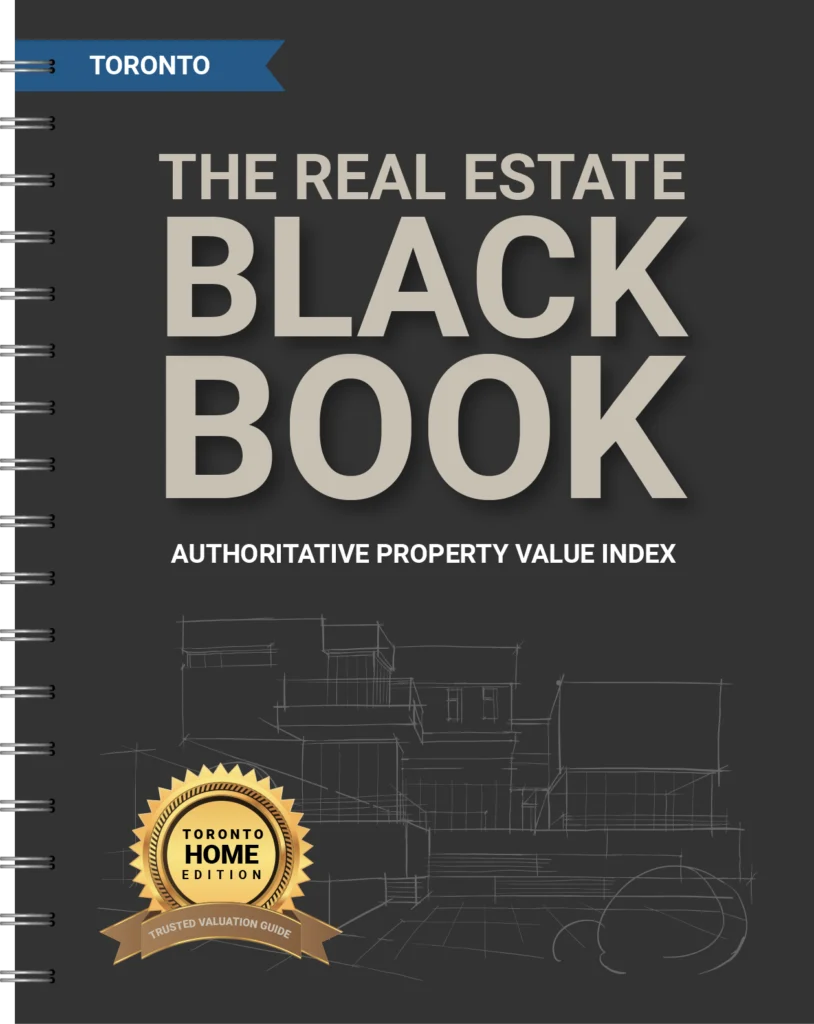As a first-time homebuyer in Toronto, saving for a down payment can feel like a daunting task. However, with the right strategies and a disciplined approach, you can achieve your dream of homeownership. In this article, I will guide you through the process of saving for a down payment and provide you with valuable tips and insights to make it a reality.
The Importance of a Down Payment for First-Time Home Buyers
A down payment is a crucial aspect of purchasing a home, especially for first-time buyers. It is the initial payment you make towards the total cost of the property, while the remaining amount is financed through a mortgage. The significance of a down payment lies in its impact on your mortgage terms and monthly payments.
By making a substantial down payment, you can secure a lower interest rate on your mortgage. This translates to lower monthly payments, saving you money in the long run. Additionally, a larger down payment reduces the amount of principal you owe, which can help you build equity faster.
How Much Do You Need for a Down Payment?
The amount you need for a down payment depends on several factors, including the price of the property and the mortgage lender’s requirements.
Here’s a breakdown of the minimum down payment requirements in Canada for home purchases:
- For homes priced under $500,000: The minimum down payment is 5% of the purchase price.
- For homes priced between $500,000 and $999,999: The minimum down payment is 5% on the first $500,000 and 10% on the remaining amount above $500,000.
- For homes priced $1 million or more: The minimum down payment is 20% of the purchase price.
These minimum down payment requirements are set by the Government of Canada and apply to all federally regulated lenders. It’s important to note that these are just the minimums, and some lenders may require a higher down payment depending on your qualifications and the loan you choose.
At the time of this writing, here are some additional resources you might find helpful:
- Canada Mortgage and Housing Corporation (CMHC): https://www.cmhc-schl.gc.ca/
- Financial Consumer Agency of Canada: https://www.canada.ca/en/financial-consumer-agency.html
However, it is important to note that while 5% may be the minimum requirement, it is often recommended to aim for a larger down payment. A higher down payment can help you secure better mortgage terms and lower your monthly payments.
Saving Strategies for a Down Payment
Saving for a down payment requires discipline and careful planning. Here are some effective strategies to help you achieve your savings goal:
- Create a budget: Start by evaluating your income and expenses to determine how much you can realistically save each month. Track your spending habits and identify areas where you can cut back to allocate more funds towards your down payment.
- Automate your savings: Set up an automatic transfer of funds from your checking account to a separate savings account dedicated to your down payment. This way, you won’t be tempted to spend the money and can ensure consistent savings.
- Cut back on unnecessary expenses: Evaluate your lifestyle and identify areas where you can reduce expenses. This could include dining out less frequently, canceling unused subscriptions, or finding more cost-effective alternatives for entertainment.
Budgeting Tips for Saving for a Down Payment
Creating a budget is essential when saving for a down payment. Here are some budgeting tips to help you stay on track:
- Prioritize your savings: Make saving for your down payment a top financial priority. Allocate a specific percentage of your monthly income towards your savings goal and treat it as a non-negotiable expense.
- Trim your monthly bills: Review your monthly bills, such as utilities, insurance, and phone plans, and look for ways to reduce costs. Negotiate with service providers or switch to more affordable options to free up more funds for your down payment savings.
- Reduce discretionary spending: Take a close look at your discretionary spending, such as dining out, entertainment, and shopping. Cut back on non-essential expenses and redirect that money towards your down payment savings.
Alternative Options for First-Time Home Buyers
In addition to traditional savings, there are alternative options available for first-time homebuyers to consider:
- Gifted down payment: If you have family members who are willing and able to assist, they can gift you the funds for your down payment. However, ensure that you understand any potential tax implications and consult with a financial advisor or tax professional.
- RRSP Home Buyers’ Plan: The Home Buyers’ Plan (HBP) allows you to withdraw up to $35,000 from your Registered Retirement Savings Plan (RRSP) to use towards your down payment. This option provides a tax advantage, as the withdrawn amount is not subject to income tax if repaid within the specified time frame.
- Shared equity programs: Some organizations and government initiatives offer shared equity programs, where they provide a portion of the down payment in exchange for a share of the property’s future appreciation.
Government Assistance Programs for First-Time Home Buyers
The Government of Canada and the Government of Ontario offer various assistance programs to support first-time homebuyers. These programs aim to make homeownership more accessible and affordable. Some of the key programs include:
- First-Time Home Buyer Incentive: This program allows eligible first-time homebuyers to finance a portion of their home purchase through a shared equity mortgage with the Government of Canada. The program provides a 5% or 10% shared equity mortgage, depending on whether the home is newly built or existing.
- Home Buyers’ Plan: As mentioned earlier, the Home Buyers’ Plan (HBP) allows you to withdraw funds from your RRSP to use towards your down payment. This program can provide a significant financial boost for first-time buyers.
- Land Transfer Tax Refund: The Government of Ontario offers a land transfer tax refund for first-time homebuyers. This refund can help offset the costs associated with purchasing a property.
The Role of Credit Score in Saving for a Down Payment
Your credit score plays a crucial role in the home buying process, including saving for a down payment. Lenders consider your credit score when determining your eligibility for a mortgage and the interest rate you will receive. Here’s how you can improve your credit score:
- Pay your bills on time: Late payments can negatively impact your credit score. Ensure that you pay all your bills, including credit card bills and loan installments, on time.
- Reduce your debt: High levels of debt can lower your credit score. Focus on paying down your existing debt and avoid taking on new debt.
- Monitor your credit report: Regularly review your credit report to check for errors or discrepancies. If you identify any inaccuracies, report them to the credit bureau to have them rectified.
How to Accelerate Your Savings for a Down Payment
If you’re eager to accelerate your savings for a down payment, here are some strategies to consider:
- Increase your income: Look for opportunities to increase your income, such as taking on a side job or freelancing. The additional income can be directed towards your down payment savings.
- Downsize or rent: Consider downsizing your current living situation or renting a more affordable property temporarily. This can free up additional funds to put towards your down payment.
- Save windfalls and bonuses: If you receive any unexpected windfalls or bonuses, resist the temptation to spend them. Instead, deposit them directly into your down payment savings account.
Common Mistakes to Avoid When Saving for a Down Payment
When saving for a down payment, it’s important to avoid common mistakes that can hinder your progress. Here are some pitfalls to watch out for:
- Underestimating costs: Don’t underestimate the costs associated with homeownership, such as closing costs, property taxes, and maintenance expenses. Factor these expenses into your savings goal to ensure you have enough funds for a smooth transition to homeownership.
- Relying on future income: Avoid relying on future income or expected promotions when setting your savings goal. Base your budget and savings plan on your current income to maintain a realistic approach.
- Neglecting an emergency fund: It’s crucial to have an emergency fund in addition to your down payment savings. Life can be unpredictable, and having a financial safety net will protect you from unforeseen circumstances.
Conclusion: Achieving Your Dream of Homeownership
Saving for a down payment as a first-time homebuyer in Toronto may seem challenging, but it is not impossible. By following the strategies outlined in this article, creating a budget, exploring alternative options, and taking advantage of government assistance programs, you can make significant progress towards your savings goal. Remember to stay disciplined, avoid common mistakes, and keep your eyes on the prize – achieving your dream of homeownership in Toronto.



